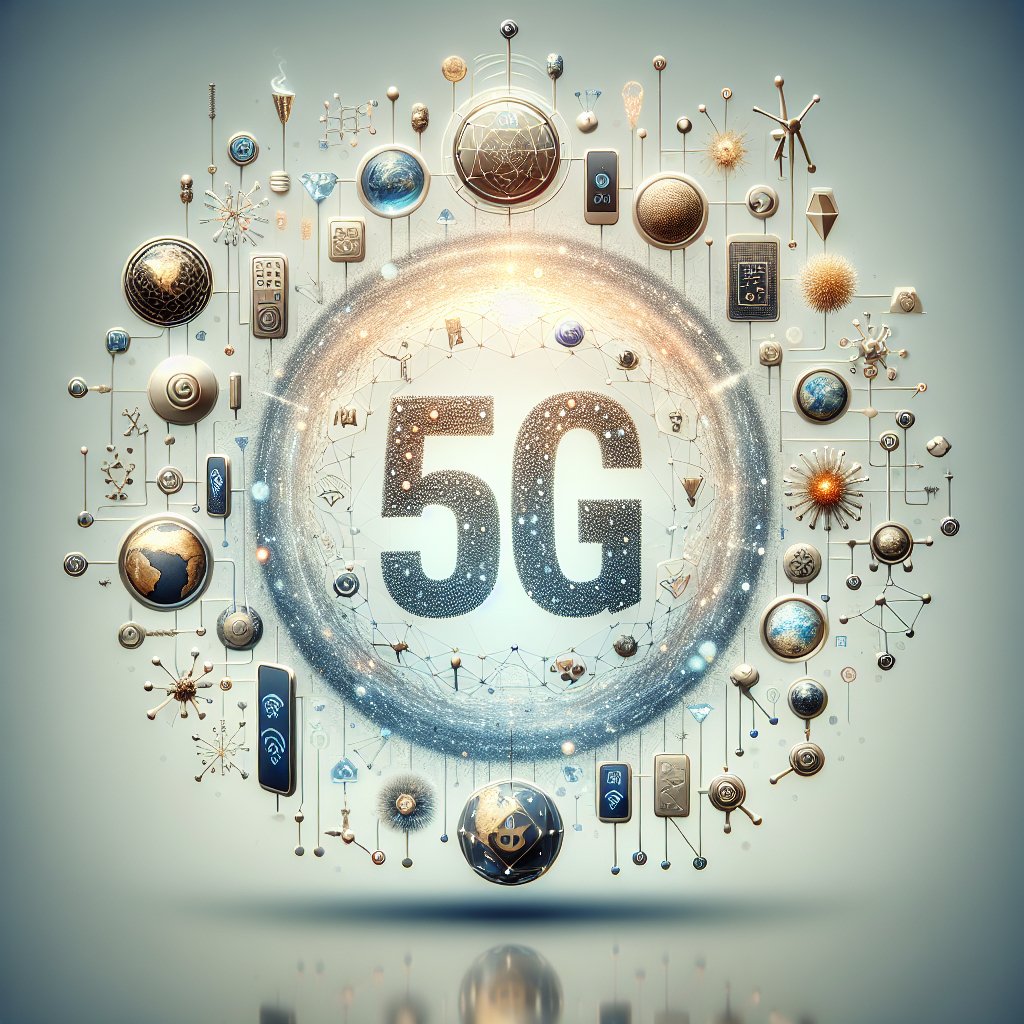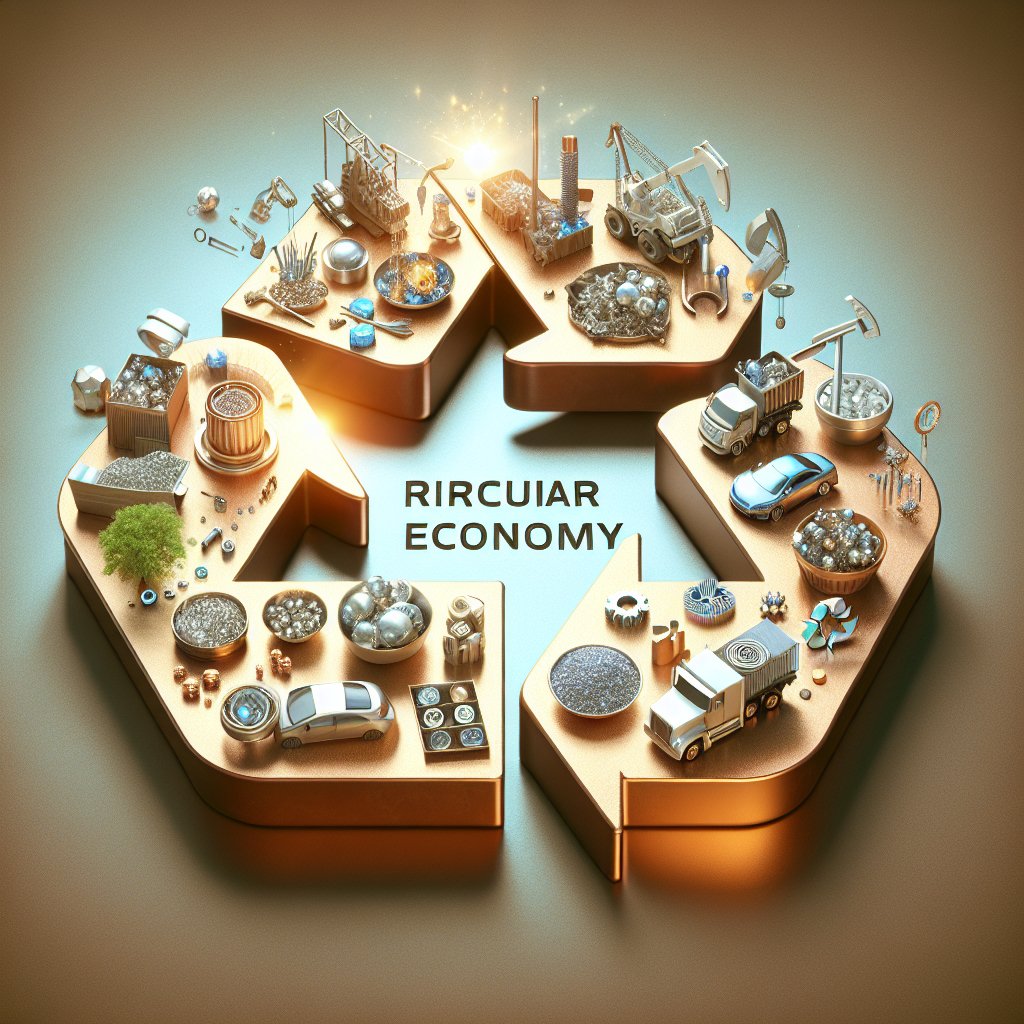The rapid advancement of 5G technology has brought to light the critical role that rare metals play in its development and deployment. As the world becomes increasingly connected, the demand for faster and more reliable communication networks has skyrocketed, making 5G a cornerstone of modern infrastructure. However, the successful implementation of this technology hinges on the availability and utilization of rare metals, which are essential components in the manufacturing of 5G equipment and devices.
The Role of Rare Metals in 5G Technology
Rare metals, often referred to as rare earth elements, are a group of 17 chemically similar elements that are crucial in the production of high-tech devices. These metals, including neodymium, dysprosium, and terbium, possess unique magnetic, luminescent, and electrochemical properties that make them indispensable in the electronics industry. In the context of 5G technology, rare metals are used in the production of semiconductors, magnets, and other components that are vital for the operation of 5G networks.
One of the primary applications of rare metals in 5G technology is in the production of high-performance magnets used in the construction of base stations and antennas. Neodymium-iron-boron (NdFeB) magnets, which contain neodymium and dysprosium, are known for their exceptional strength and are used in the motors and generators of 5G infrastructure. These magnets are essential for the miniaturization of components, allowing for more compact and efficient designs that are necessary for the widespread deployment of 5G networks.
Additionally, rare metals are used in the production of semiconductors, which are the building blocks of electronic devices. Gallium, a rare metal, is used in the production of gallium nitride (GaN) semiconductors, which are known for their high efficiency and ability to operate at higher frequencies and temperatures. This makes them ideal for use in 5G technology, where high-speed data transmission and energy efficiency are paramount.
Challenges in the Supply Chain of Rare Metals
While the demand for rare metals continues to grow, the supply chain for these critical materials faces several challenges. One of the primary issues is the concentration of rare metal production in a few countries, with China being the dominant player in the market. This concentration poses a risk to the global supply chain, as geopolitical tensions and trade disputes can disrupt the availability of these essential materials.
Moreover, the extraction and processing of rare metals are complex and environmentally challenging processes. Mining operations often result in significant environmental degradation, including habitat destruction, soil erosion, and water pollution. The refining process also generates hazardous waste, which poses a threat to both human health and the environment. As a result, there is a growing need for sustainable and responsible sourcing practices to ensure the long-term availability of rare metals.
Efforts are being made to diversify the supply chain and reduce dependence on a single source. Countries such as the United States, Australia, and Canada are investing in the exploration and development of their own rare metal resources. Additionally, recycling and recovery of rare metals from electronic waste are gaining traction as viable alternatives to traditional mining. These initiatives aim to create a more resilient and sustainable supply chain for rare metals, ensuring their availability for future technological advancements.
The Future of Rare Metals and 5G Technology
As 5G technology continues to evolve, the demand for rare metals is expected to increase. The expansion of 5G networks will require the production of more base stations, antennas, and devices, all of which rely on rare metals for their functionality. This growing demand presents both opportunities and challenges for the rare metals industry.
On one hand, the increased demand for rare metals could drive innovation in mining and processing technologies, leading to more efficient and environmentally friendly methods of extraction. On the other hand, the reliance on rare metals could exacerbate existing supply chain vulnerabilities and environmental concerns. To address these challenges, it is crucial for stakeholders in the industry to collaborate on developing sustainable practices and policies that balance economic growth with environmental stewardship.
In conclusion, rare metals play a vital role in the development and deployment of 5G technology. Their unique properties make them indispensable in the production of high-tech components, enabling the rapid advancement of communication networks. However, the challenges associated with their supply chain and environmental impact must be addressed to ensure the sustainable growth of both the rare metals industry and 5G technology. By fostering innovation and collaboration, the industry can navigate these challenges and continue to support the technological advancements that define our modern world.












